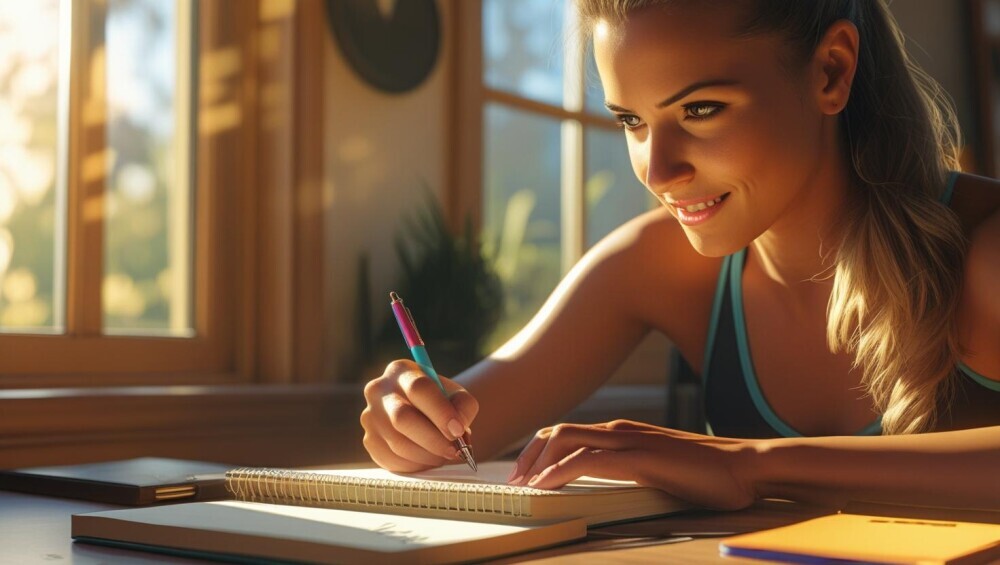
Kicking off a fitness journey starts with understanding what you really want to achieve. Whether it’s shedding some pounds, building muscle, or just boosting your overall well-being, knowing your “why” is key. This keeps you motivated and on track when things get tough.
Before setting those big goals, it’s crucial to take stock of where you stand now. Assessing your current fitness levels helps set realistic targets and prevents overreaching. Being honest with yourself can make the path simpler and more effective.
Fitness is as much a mental game as it is physical. The psychological perks like reduced stress and improved mood can be just as rewarding as physical changes. Acknowledging these benefits can help maintain motivation and consistency.
There’s a big difference between setting goals for the next few weeks and planning for the long haul. Short-term goals keep things manageable and provide quick wins, while long-term goals secure your future health.
Balance is key to prevent burnout. Overcommitting or focusing solely on one aspect can lead to frustration. Integrating a balanced mix of activities can make the routine sustainable and more enjoyable.

Matching Fitness Programs with Your Goals
Exploring different fitness programs can feel overwhelming with all the choices available. There’s everything from high-intensity interval training (HIIT) to yoga and strength training. The trick is to find what matches your goals and keeps you engaged. Each program has its unique benefits, so understanding what fits your style and objectives can make all the difference.
Sometimes, enlisting the help of a professional trainer or coach can really pay off when you’re trying to pick the right program. They bring expertise and a fresh perspective, tailoring regimens to suit personal needs and abilities. If going solo seems daunting, a trainer can provide the guidance needed to start on the right foot.
Busy schedules shouldn’t hold you back from reaching your fitness goals. It’s essential to adapt your fitness programs to fit your lifestyle. Find a regimen that works within your time constraints and aligns with your daily routine to ensure consistency.
Knowing the science behind different workout regimens can be an eye-opener. Why does HIIT burn fat so efficiently? How does yoga enhance flexibility and mental health? Having a grasp on these concepts can motivate and inform choices that align with your objectives.
Finally, there’s strength in numbers. Group fitness classes aren’t just about the workout; they’re about the community and social support that comes with it. Whether it’s the camaraderie or the motivation from peers, sharing the fitness journey can make it that much more enjoyable.

Evaluating and Tracking Your Progress
Setting up a reliable tracking system is crucial for monitoring your progress and maintaining motivation. Whether you prefer using apps, keeping a journal, or wearing tech gadgets, having a way to track your journey supports accountability and showcases your improvement over time.
Programs should evolve just as much as our bodies do. It’s vital to continuously adjust your fitness program based on personal progress and feedback. This means being open to switching things up when necessary to keep challenging your body and prevent hitting plateaus.
Celebrating milestones and achievements along the way is important. Recognizing small wins can boost your morale and encourage you to push further. Rewarding yourself during your fitness journey can make the process more enjoyable and engaging.
Understand that plateau phases are a normal part of any fitness journey. Instead of getting discouraged, view them as opportunities to explore new methods and push your limits. Altering your routines or trying new activities can help you break through these phases.
Periodically reassessing your fitness goals ensures they still align with where you want to be. Goals can evolve, and staying in tune with them ensures ongoing growth and satisfaction throughout your fitness journey.

Leave a Reply